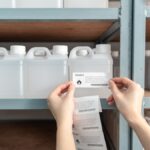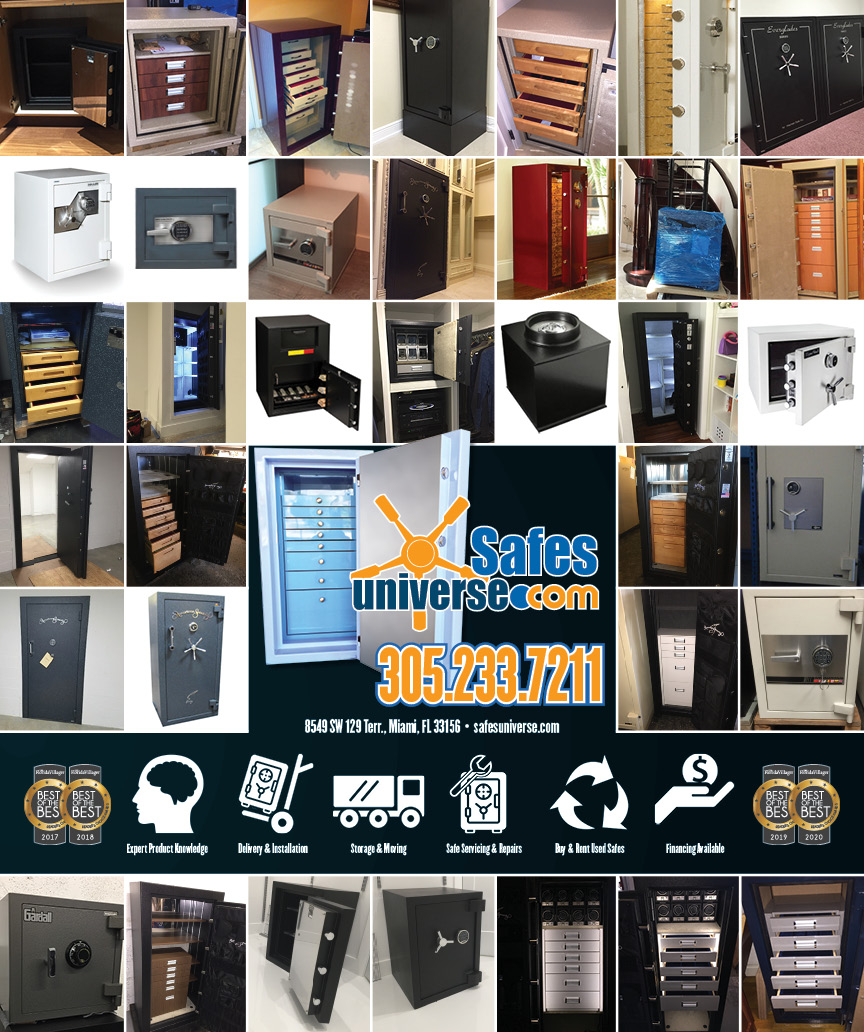When people think about industrial safety, they often envision hard hats, warning signs, and rigorous protocols for operating heavy machinery. However, excess moisture in the air can quietly corrode metal, disrupt electronics, and create hazardous working conditions.
In environments where mechanical precision and worker safety are nonnegotiable, understanding humidity and its impact on industrial safety is essential. If you manage a manufacturing plant, warehouse, or lab, keep reading to learn more about how humidity might be affecting your worksite.
Equipment Damage and Corrosion
Moderate to high humidity levels can cause significant damage to industrial equipment. When moisture in the air settles on metal surfaces, it causes rust and corrosion that weaken the structure over time. As equipment deteriorates, the risk of mechanical failure increases, and dangerous conditions can arise. A corroded bolt, a compromised support frame, or a rusted machine part may lead to sudden breakdowns or on-site accidents.
Electrical Hazards
High humidity poses serious risks to electronics. Moisture can seep into control panels, sensors, and wiring, leading to short circuits and power surges. This disrupts operations and can create fire hazards or irreversible damage to high-value systems. You need to install proper environmental controls to protect electronic infrastructure from moisture-related failures.
Slips, Falls, and Surface Hazards
When temperature fluctuations are frequent, condensation often forms on floors and walkways. The water creates slick surfaces that increase the likelihood of slips and falls. Even a small amount of moisture underfoot can lead to serious injuries and costly workers’ compensation claims. Routine cleaning can help, but without controlling the humidity source, the problem will persist.
Mold, Mildew, and Poor Air Quality
Mold and mildew thrive in high-humidity environments, especially in poorly ventilated areas. These biological hazards can quickly take hold in ductwork and behind machinery. This is problematic because exposure to mold spores can lead to respiratory problems and long-term health concerns. Regular inspections and controlled humidity levels are key for keeping indoor air clean and safe.
Reduced Precision in Measurements
Precision suffers when your humidity control system fails. Moisture can cause materials to absorb water, increasing their weight, while condensation may interfere with sensors and calibration. These are just some of the ways humidity affects weight scale accuracy.
Moisture in the air at a chemical processing facility can alter the composition of powdered substances, resulting in incorrect mixing ratios that put workers at risk of exposure, burns, or explosions.
Equipment such as pressure gauges and flow meters can yield inaccurate readings if condensation interferes with their internal mechanisms. Inaccurate data from these tools leads to unsafe operating conditions, such as over-pressurized tanks or improperly ventilated workspaces.
Humidity may seem harmless most of the time, but in industrial settings, it carries real consequences. By understanding humidity and its impact on industrial safety, you can protect your workers, maintain high-quality production, and extend the life of your equipment.










 Deering Estate
Deering Estate
 Massage Envy South Miami
Massage Envy South Miami
 Calla Blow Dry
Calla Blow Dry
 My Derma Clinic
My Derma Clinic
 Sushi Maki
Sushi Maki
 Sports Grill
Sports Grill
 The Healthy Kitchen
The Healthy Kitchen
 Golden Rule Seafood
Golden Rule Seafood
 Malanga Cuban Café
Malanga Cuban Café

 Kathleen Ballard
Kathleen Ballard
 Panter, Panter & Sampedro
Panter, Panter & Sampedro
 Vintage Liquors
Vintage Liquors
 The Dog from Ipanema
The Dog from Ipanema
 Rubinstein Family Chiropractic
Rubinstein Family Chiropractic
 Your Pet’s Best
Your Pet’s Best
 Indigo Republic
Indigo Republic




 ATR Luxury Homes
ATR Luxury Homes


 2112 Design Studio
2112 Design Studio
 Hamilton Fox & Company
Hamilton Fox & Company
 Creative Design Services
Creative Design Services
 Best Pest Professionals
Best Pest Professionals
 HD Tree Services
HD Tree Services
 Trinity Air Conditioning Company
Trinity Air Conditioning Company
 Cisca Construction & Development
Cisca Construction & Development
 Mosquito Joe
Mosquito Joe
 Cutler Bay Solar Solutions
Cutler Bay Solar Solutions


 Miami Royal Ballet & Dance
Miami Royal Ballet & Dance
 Christopher Columbus
Christopher Columbus
 Pineview Preschools
Pineview Preschools
 Westminster
Westminster
 Carrollton
Carrollton
 Lil’ Jungle
Lil’ Jungle
 Frost Science Museum
Frost Science Museum
 Palmer Trinity School
Palmer Trinity School
 South Florida Music
South Florida Music
 Pinecrest Orthodontics
Pinecrest Orthodontics
 Dr. Bob Pediatric Dentist
Dr. Bob Pediatric Dentist
 d.pediatrics
d.pediatrics
 South Miami Women’s Health
South Miami Women’s Health

 The Spot Barbershop
The Spot Barbershop
 My Derma Clinic
My Derma Clinic




 Miami Dance Project
Miami Dance Project

 Rubinstein Family Chiropractic
Rubinstein Family Chiropractic
 Indigo Republic
Indigo Republic

 Safes Universe
Safes Universe
 Vintage Liquors
Vintage Liquors
 Evenings Delight
Evenings Delight





 Atchana’s Homegrown Thai
Atchana’s Homegrown Thai
 Baptist Health South Florida
Baptist Health South Florida

 Laser Eye Center of Miami
Laser Eye Center of Miami
 Visiting Angels
Visiting Angels
 OpusCare of South Florida
OpusCare of South Florida

 Your Pet’s Best
Your Pet’s Best





 HD Tree Services
HD Tree Services
 Hamilton Fox & Company
Hamilton Fox & Company


 Creative Design Services
Creative Design Services